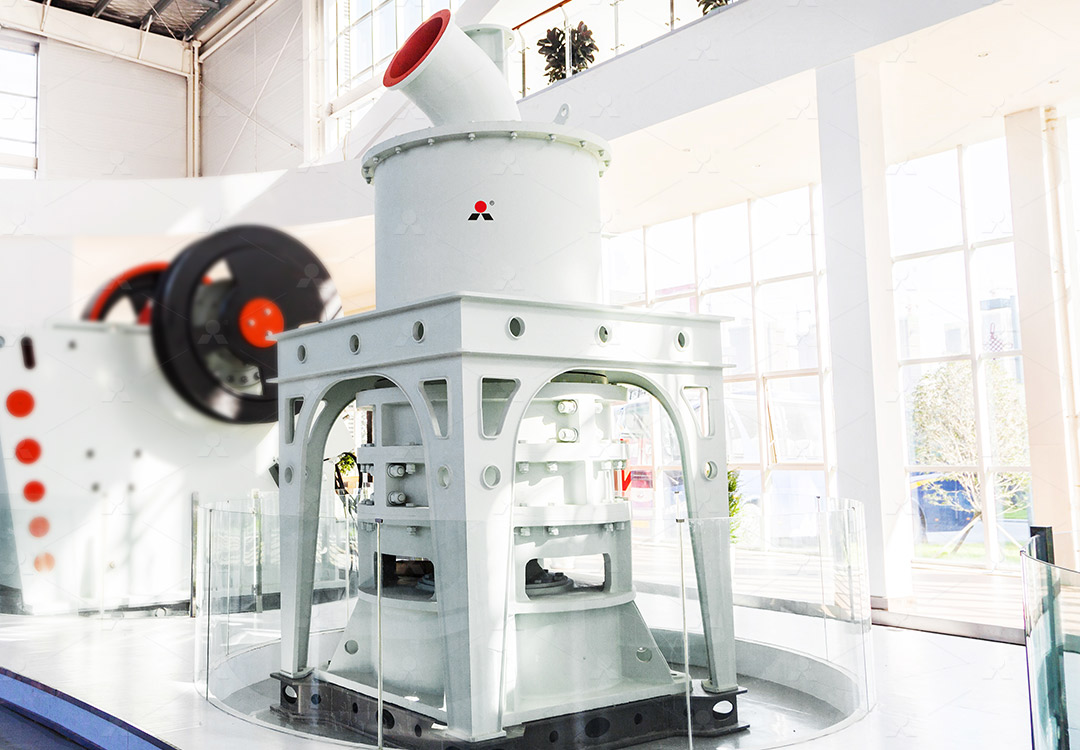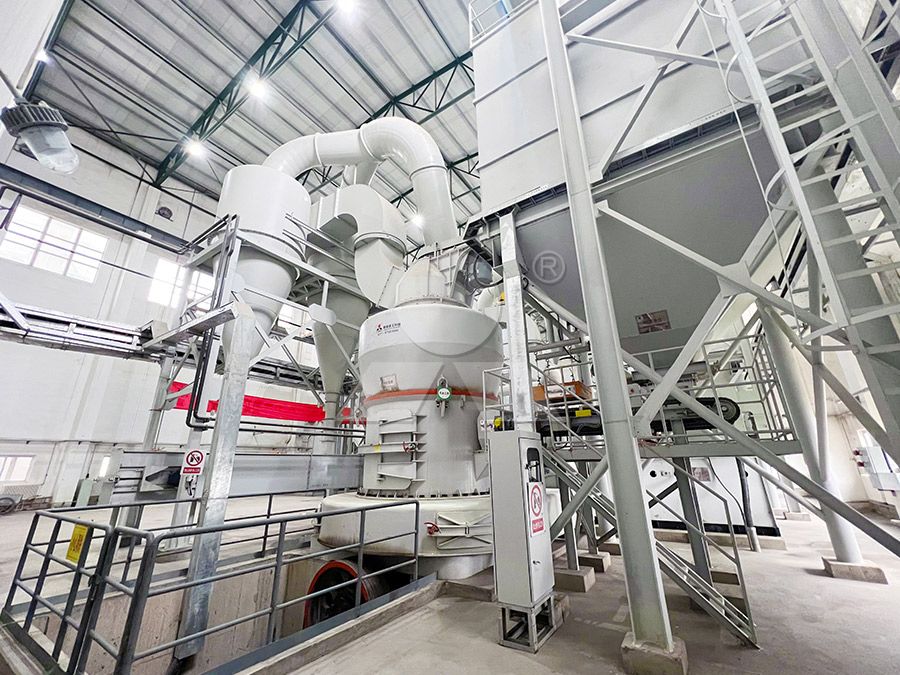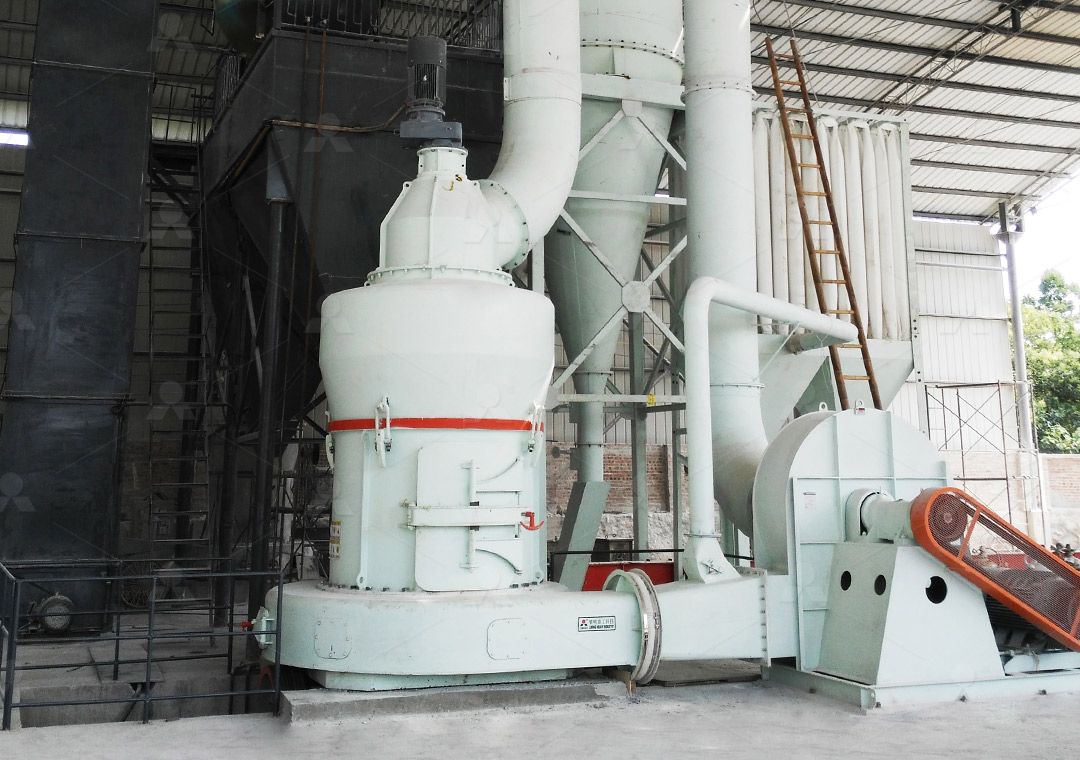Specialized Grinding Mill for Potassium Feldspar to 60-90 Mesh
Specialized Grinding Mill for Potassium Feldspar to 60-90 Mesh
Potassium feldspar stands as one of the most crucial raw materials in ceramics, glass, and other industrial applications. Achieving the optimal particle size range of 60-90 mesh (approximately 250-170 microns) is paramount for ensuring product quality and process efficiency. This specific fineness requirement demands grinding equipment that combines precision, energy efficiency, and operational reliability.
The challenge in processing potassium feldspar lies in its moderate hardness (around 6 on the Mohs scale) and its tendency to contain quartz impurities. A specialized mill must not only deliver consistent particle size distribution but also handle these abrasive components with minimal wear. Furthermore, the color and iron contamination are critical concerns for high-value applications, necessitating equipment designed to preserve material purity.

Technical Requirements for Feldspar Grinding
Successful potassium feldspar processing to 60-90 mesh requires careful consideration of several technical parameters. The grinding system must provide precise control over final product fineness while maintaining high throughput capacity. Additionally, the equipment should feature robust construction to withstand the abrasive nature of feldspar minerals, particularly when quartz content is present.
Energy consumption represents another significant factor in operational costs. Modern grinding technology has made substantial advances in reducing power requirements while increasing production capacity. The ideal solution should offer at least 30-40% energy savings compared to conventional ball mills while delivering superior product quality with minimal iron contamination.
Recommended Solution: MW Ultrafine Grinding Mill
For potassium feldspar applications requiring 60-90 mesh fineness, our MW Ultrafine Grinding Mill presents an optimal solution. This advanced grinding system combines German powder separation technology with innovative grinding curve design to deliver exceptional performance specifically for mineral processing applications.
The MW Series mill handles input sizes up to 20mm with capacities ranging from 0.5 to 25 tph, making it suitable for various production scales. Its cage-type powder selector allows precise adjustment of final product fineness between 325-2500 meshes, providing exact control over the 60-90 mesh target range. The unique design without rolling bearings or screws in the grinding chamber eliminates common failure points, ensuring continuous operation with minimal maintenance requirements.

Operational Advantages for Feldspar Processing
The MW Ultrafine Grinding Mill incorporates several features specifically beneficial for potassium feldspar processing. The efficient pulse dust collector ensures dust-free operation, critical for maintaining workplace safety and environmental compliance. Additionally, the external lubrication system enables maintenance without production stoppages, significantly improving operational efficiency.
Compared to traditional grinding systems, the MW Mill demonstrates 40% higher production capacity with equivalent power consumption. The absence of direct metal-to-metal contact in critical areas reduces iron contamination, preserving the natural color and chemical properties of the potassium feldspar – a crucial factor for premium ceramic and glass applications.
Alternative Solution: LUM Ultrafine Vertical Grinding Mill
For operations requiring slightly different parameters, our LUM Ultrafine Vertical Grinding Mill offers another excellent option. With input size capability of 0-10mm and capacity range of 5-18 tph, this mill integrates the latest grinding roller technology from Taiwan with German powder separating expertise. The reversible structure simplifies maintenance procedures, while the multi-head powder separating technology provides exceptional control over final product specifications.
The LUM Mill’s unique roller shell and lining plate grinding curve design generates stable material layers more easily, resulting in higher finished product rates through single-pass milling. This characteristic significantly enhances whiteness and cleanliness – particularly valuable attributes for potassium feldspar destined for high-quality ceramic applications.

Implementation Considerations
When selecting grinding equipment for potassium feldspar, several practical factors warrant consideration. Plant layout, available space, and integration with existing processing lines should influence equipment selection. Both the MW and LUM series mills offer compact designs that minimize footprint requirements while maximizing processing efficiency.
Additionally, comprehensive technical support and genuine spare parts availability ensure long-term operational reliability. Our company provides complete lifecycle support for all equipment, from initial installation through ongoing maintenance and optimization, guaranteeing consistent performance throughout the equipment’s operational life.
Frequently Asked Questions
What makes the MW Ultrafine Grinding Mill particularly suitable for potassium feldspar?
The MW Mill’s precise fineness control, minimal iron contamination risk, and high energy efficiency make it ideal for potassium feldspar processing. The absence of internal screws and rolling bearings in the grinding chamber significantly reduces maintenance requirements and potential contamination sources.
Can the same equipment handle different mesh requirements if our production needs change?
Yes, both recommended mills offer adjustable fineness control. The MW Ultrafine Grinding Mill can produce powders from 325 to 2500 meshes, while the LUM Vertical Grinding Mill provides similar flexibility, allowing you to adapt to changing market demands without equipment replacement.
How does the energy consumption compare to traditional ball mills?
The MW Series demonstrates approximately 40% higher production capacity with the same power input compared to traditional ball mills. System energy consumption is typically only 30% of jet grinding mills, providing significant operational cost savings.
What provisions are made for environmental compliance?
Both mills incorporate efficient pulse dust collectors and noise reduction technologies. The fully sealed systems operate under negative pressure, preventing dust emission and ensuring compliance with international environmental standards.
How is iron contamination controlled during the grinding process?
The grinding mechanisms in both recommended mills minimize metal-to-metal contact, and special wear-resistant materials are used in high-friction areas. Additionally, the short material retention time reduces the opportunity for iron incorporation from mechanical wear.
